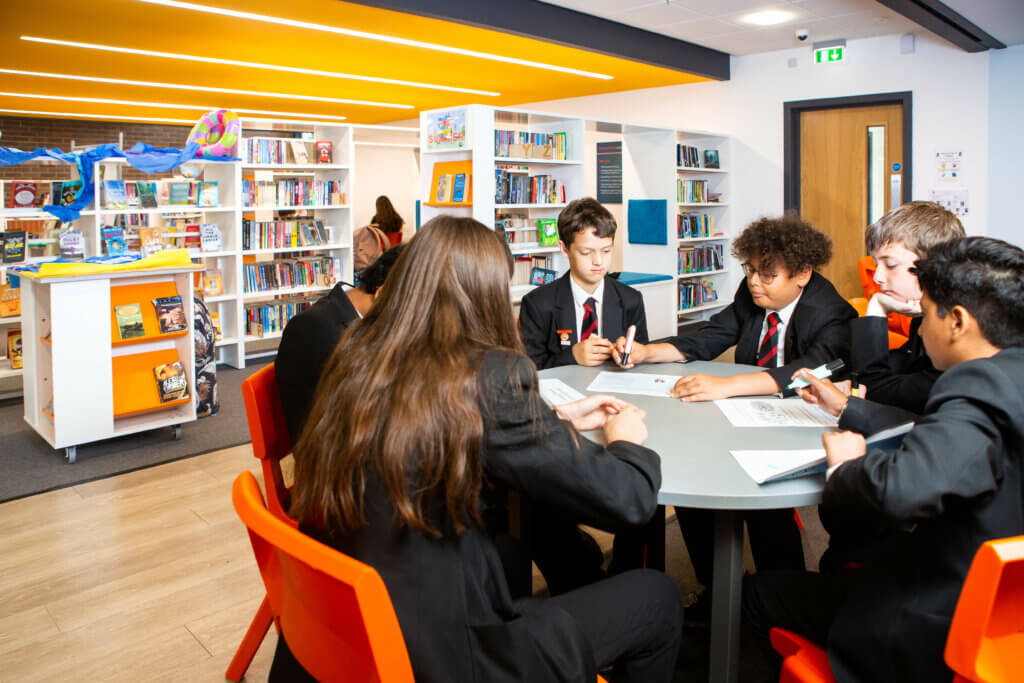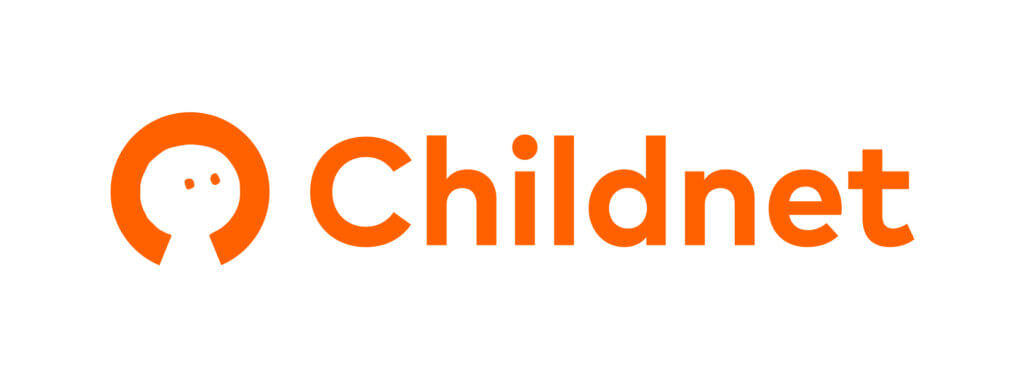[6th December 2017] Research published today by children’s charity Childnet as part of a Europe-wide project reveals that young people across the UK are being targeted by their peers with online sexual harassment, defined as unwanted sexual conduct, across a range of digital platforms.
The survey of 1,559 UK teens found that in the last year almost a third of girls aged 13-17 years (31%) have received unwanted sexual messages online from their peers (compared to 11% of boys), while 1 in 10 UK youth have been targeted online by their peers with sexual threats such as rape threats. Over half of UK teens have witnessed their peers circulating nude or nearly nude images of someone they know.
Launching at the Children’s Global Media Summit in Manchester, the report comes amidst growing concerns of the prevalence of sexual harassment in schools and the upcoming publication of advice for schools from the Department for Education.
Will Gardner, CEO of Childnet, and coordinator of Project deSHAME said:
“Digital technology plays a central role in young people’s lives but it has opened the door for a range of new forms of sexual harassment, making societal discussions about these issues more pertinent than ever. It is evidently something that as a society we can no longer ignore.”
“Throughout the development of this report we have listened to the stories of young people who are navigating the complexities of relationships in a digital age and in some cases are facing the worst forms of peer-to-peer victimisation and online sexual harassment.”
“We believe that all young people have a right to be safe and free to express themselves in digital spaces. This report underlines how essential it is that we all work together to ensure that online sexual harassment is not an inevitable part of growing up.”
Key findings with UK teens
For most young people the internet plays an essential role in their friendships and relationships, providing positive opportunities for communication, connection and self-expression.
However, for many young people, online sexual harassment is embedded in their digital lives and to some extent expected. It emerges as part of the wider dynamic of their peer group and intimate relationships, and exists within a societal context where a pervasive culture of sexualisation, misogyny and homophobia is often left unchallenged.
In the report online sexual harassment has been categorised in four main types. These different behaviours are often experienced simultaneously and can overlap with offline experiences of sexual harassment.
Non-consensual sharing of intimate images and videos
- Over half of UK respondents aged 13-17 years (51%) said they have witnessed people their age circulating nude or nearly nude images of someone they know, also referred to as ‘revenge porn’, while 6% have been the target of this behaviour.
- Almost a quarter of UK teens (23%) have witnessed young people secretly taking sexual images of someone and sharing them online, also referred to as ‘creep shots’ or ‘upskirting’, while 8% admitted they had done this in the last year.
Exploitation, coercion and threats
- 1 in 10 of UK respondents aged 13-17 years (10%) have received sexual threats online, including rape threats, from people their age in the last year, while 31% have witnessed this happening.
- 12% of UK teens said their boyfriend or girlfriend had pressured them to share nude images in the last year, with girls being more likely to report this (14%) than boys (7%).
Sexualised bullying
- 26% of UK respondents aged 13-17 years have had rumours about their sexual behaviour shared online in the last year, with almost two-thirds of respondents (65%) saying that girls are judged more harshly for this than boys.
- Almost a third of UK teens (31%) had seen people their age creating fake profiles of someone to share sexual images, comments or messages in the last year, while almost half (47%) witnessed ‘doxing’ where other young people share personal details of someone who is seen as ‘easy’.
Unwanted sexualisation
- 23% of UK respondents aged 13-17 years have received unwanted sexual messages and images in the last year, with girls being significantly more likely to experience this (31%) compared to boys (11%).
- Over a quarter of UK teens (26%) reported that they had received sexual comments on a photo they posted of themselves in the last year, with girls being significantly more likely to experience this (33%) compared to boys (14%).
Empowering young people to speak up about online sexual harassment
The research revealed that young people face many barriers that can prevent them from speaking up about online sexual harassment.
Young people in the UK are more likely to turn to their friends if they experienced online sexual harassment (68%), compared to their parent or carer (39%), the police (18%) or a teacher (15%). While the majority of UK teens (81%) said they would block the person on social media, just 38% said they would report them.
Over half of UK teens (53%) said they would just ignore it, with young people reporting a range of barriers that would prevent them from speaking up.
- 56% said they would be too embarrassed
- 49% said they would be worried their parents/carers would stop them using the internet
- 48% said they would be worried that they were to blame
- 47% said they would be worried about what would happen next
To help young people overcome these barriers, Project deSHAME, coordinated by Childnet, will now begin to develop educational resources to equip schools to effectively prevent and respond to online sexual harassment among young people and empower them to speak up.
Visit www.deshame.eu to read the report and join a new network established to share learning about this issue.
-Ends-
Notes to editors
Media contacts
For media enquiries, please contact Hannah Broadbent, Deputy CEO of Childnet:
About Project deSHAME
Project deSHAME is a collaboration between Childnet (UK), Kek Vonal (Hungary), Save the Children (Denmark) and UCLan (UK), co-financed by the EU. It aims to increase reporting of online sexual harassment among minors and improve multi-sector cooperation in preventing and responding to this behaviour.
About Childnet
Childnet is a UK charity that empowers children, families and schools in the digital age, and its vision is to make the internet a great and safe place for children. Launching in 1995, it speaks to thousands of children, parents and teachers every year; creates innovative educational resources; and delivers projects to empower young people to have their say and take the lead in helping to create a better internet. It achieves a wider impact through influencing best practice and policy, both in the UK and internationally. As one of three charities in the UK Safer Internet Centre, Childnet coordinates Safer Internet Day, which reaches millions of UK children every year.
About the research:
The report published today presents findings from quantitative and qualitative research conducted with 13-17 year olds in Denmark, Hungary and the UK designed to provide a unique insight into their experiences of online sexual harassment.
- 3,257 young people aged 13-17 years completed the online questionnaire in the UK (n=1,559), Denmark (n=915) and Hungary (n=783).
- 107 young people aged 13-17 years took part in focus groups in the UK (n=39), Denmark (n=29) and Hungary (n=39).
The research also included interviews and focus groups with professionals, including teachers, police, helpline staff and local authorities. Case studies were collated and composite case studies are included in the full report.
Defining online sexual harassment:
In the report, online sexual harassment is defined as unwanted sexual conduct on any digital platform and it is recognised as a form of sexual violence. Online sexual harassment encompasses a wide range of behaviours that use digital content (images, videos, posts, messages, pages) on a variety of different platforms (private or public). It can make a person feel threatened, exploited, coerced, humiliated, upset, sexualised or discriminated against.
This report specifically focuses on peer-to-peer online sexual harassment taking place between young people. Such harassment takes place in a gendered context, with girls being more likely to be targeted than boys – particularly for some forms of online sexual harassment – and these incidents often resulting in more negative outcomes for girls.
In the report online sexual harassment has been categorised in four main types. These different behaviours are often experienced simultaneously and can overlap with offline experiences of sexual harassment.
1) Non-consensual sharing of intimate images and videos: A person’s sexual images and videos being shared without their consent or taken without their consent.
2) Exploitation, coercion and threats: A person receiving sexual threats, being coerced to participate in sexual behaviour online, or blackmailed with sexual content.
3) Sexualised bullying: A person being targeted by, and systematically excluded from, a group or community with the use of sexual content that humiliates, upsets or discriminates against them.
4) Unwanted sexualisation: A person receiving unwelcome sexual requests, comments and content.


